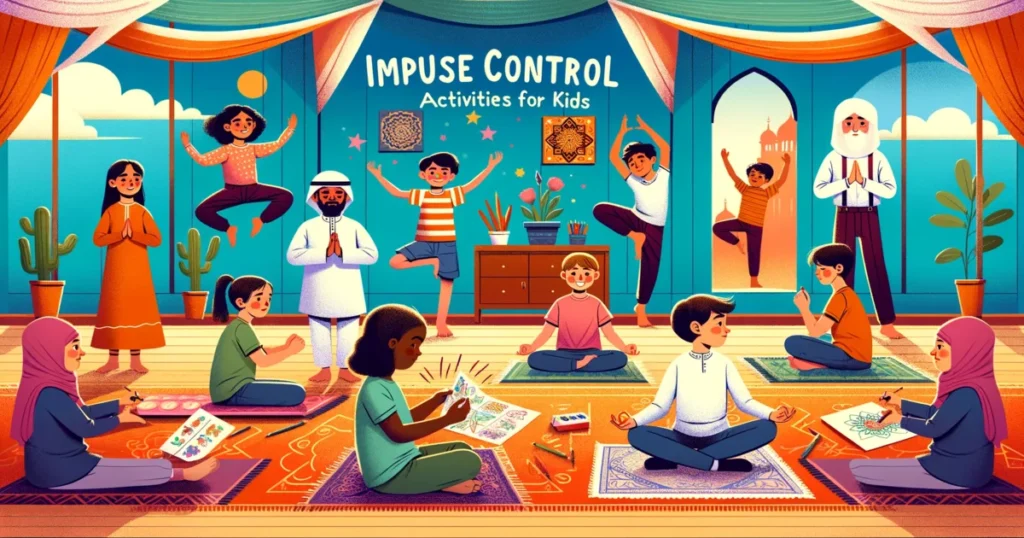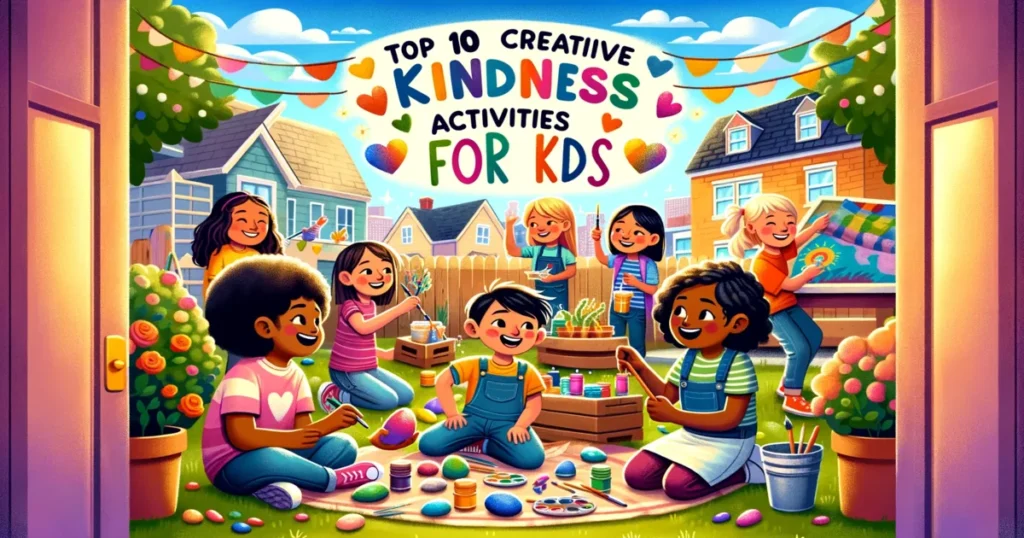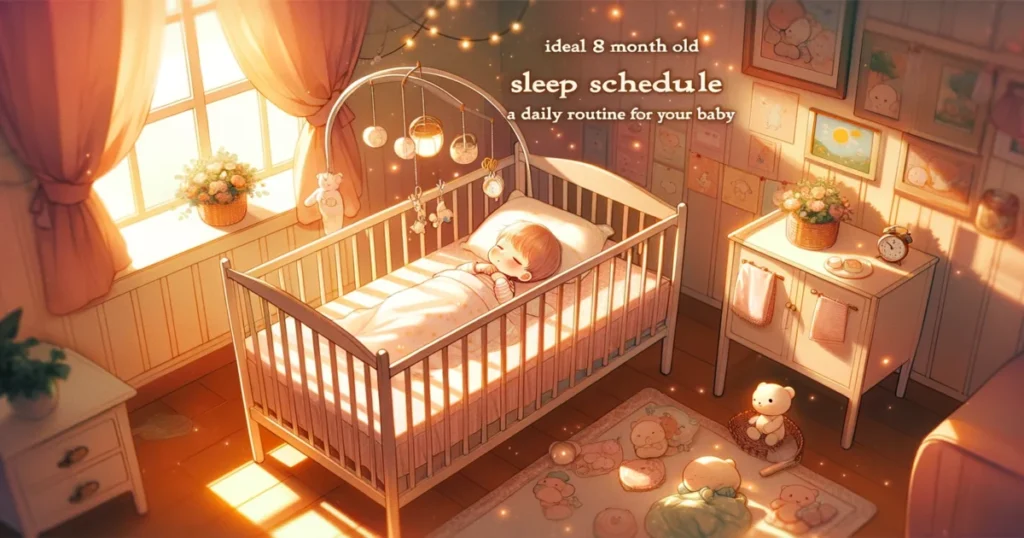Introduction of Impulse Control Activities for Kids:
Hey there, active parents! 👋 Are you on the lookout for ways to help your little ones learn the art of self-control? Well, you’re in luck! 🍀 This guide offers ten easy, fun, and engaging impulse control activities for kids. Perfect for making learning enjoyable and effective for both you and your tiny tots. 🌈👧👦 From games that teach patience to activities that build focus, we’ve got you covered! Let’s dive in and turn these challenges into opportunities for growth and fun. 🚀

Freeze Dance: Grooving to Self-Control 🕺💃:
Impulse Control Through Music and Movement: Freeze Dance is more than just fun; it’s a brilliant way to teach impulse control activities for kids. Dancing when the music plays and freezing when it stops sharpens their response to cues and helps control sudden movements. This game is a lively way for kids to learn about stopping and starting on command, a key aspect of impulse control.
Tip: Mix up the music’s tempo for an extra challenge, making it an exciting way for kids to practice adapting to changes quickly.
Red Light, Green Light: Outdoor Learning Fun 🚦🏃♀️:
A Classic Outdoor Impulse Control Activity: ‘Red Light, Green Light’ is a perfect outdoor game for teaching kids impulse control activities. It’s all about starting and stopping on cue, helping them learn to control their impulses in a playful setting. This game not only teaches them to follow instructions but also to react quickly and with self-control.
Tip: Add variations like hopping or skipping to make it more engaging while reinforcing the rules and impulse control.
Simon Says: Mastering Careful Listening 👂🗣️:
An Engaging Impulse Control Activity for Kids: ‘Simon Says’ is a fantastic game for enhancing children’s impulse control through listening and following instructions. It’s an ideal way to teach them to process information before acting. This game challenges kids to focus closely and follow only the commands that begin with ‘Simon says’, enhancing their ability to control impulsive actions.
Tip: Include fun and unexpected commands to keep your kids attentive and responsive, turning impulse control into an enjoyable challenge.
Storytelling Pauses: Building Anticipation 📖✋:
Enhancing Imagination and Impulse Control: Pausing while storytelling is an effective impulse control activity for kids. It encourages them to wait, think, and anticipate what’s coming next, helping them develop patience. By pausing at key moments in the story, children learn to control their eagerness and stay engaged.
Tip: Engage them further by asking what they think will happen next, making impulse control a part of a creative storytelling process.
Mindful Coloring: Focused Artwork 🖍️🎨:
Developing Concentration Through Coloring: Mindful coloring is a calming impulse control activity for kids. It requires them to take their time, choose colors thoughtfully, and stay within the lines, nurturing their focus and patience. This activity is great for helping kids develop fine motor skills and attention to detail, all while learning to control their impulses.
Tip: Offer a variety of coloring pages to keep them challenged, turning this impulse control activity into an opportunity for artistic expression.
Yoga for Kids🧘♂️🧘♀️: Impulse Control Activities for Kids:
Yoga: A Mind-Body Impulse Control Activity: Yoga teaches kids impulse control through mindful body movements and breathing. It’s a wonderful way for them to learn about controlling their actions and focusing their minds. Yoga poses require concentration and balance, helping kids learn to manage their impulses while improving their physical strength and flexibility.
Tip: Incorporate fun animal poses to make the experience enjoyable while they learn about balance, focus, and self-control.
The Whisper Game: Communicating Quietly 🤫👂:
Learning Voice Control: The Whisper Game is a unique impulse control activity for kids, teaching them to modulate their voice and speak thoughtfully. It’s a playful way to learn about controlling impulses in communication. This game helps children understand the importance of speaking and listening attentively, a key skill in impulse control.
Tip: Turn it into a secret mission game, where speaking quietly is part of the fun, subtly teaching them impulse control.
Emotion Charades: Expressing Feelings Mindfully 😃😢😠:
Understanding Emotions Through Play: Emotion Charades is a fantastic impulse control activity for kids that helps them recognize and manage their feelings. Acting out different emotions teaches them to identify and express their feelings thoughtfully. It’s an engaging way for children to learn about controlling emotional impulses and understanding others’ emotions.
Tip: Have a discussion after each round to deepen their understanding of each emotion and how to control emotional impulses.
Gardening Projects🌱🌻: Impulse Control Activities for Kids
Patience and Care in the Garden: Gardening is an excellent impulse control activity for kids. Watching plants grow from seeds teaches them about the slow yet rewarding process of nurturing, embodying the essence of patience and care. This activity not only teaches patience but also responsibility and the value of consistent care.
Tip: Involve them in every step, from planting to watering, showing them how consistent care leads to growth, much like their own development.
The Waiting Game: Small Steps, Big Rewards ⏳🍪:
Impulse Control in Everyday Activities: The Waiting Game incorporates everyday tasks like baking into impulse control activities for kids. Waiting for cookies to bake teaches them that good things often take time and patience. This activity is a practical demonstration of how self-control can lead to enjoyable outcomes.
Tip: Use these moments to discuss how waiting can be hard but often leads to rewarding outcomes, emphasizing the value of impulse control in daily life.

Table: Impulse Control Activities for Kids and Active Parent
Let’s make it simple with this handy table summarizing the impulse control activities for kids 🚸 and their benefits. It’s a quick guide 📋 to help you choose the right activity for your child’s needs, ensuring they learn valuable skills in a fun 🎉 and engaging way.
| Activity | Benefit |
|---|---|
| Freeze Dance 🕺💃 | Improves reaction control and attentiveness. |
| Red Light, Green Light 🚦🏃♀️ | Enhances response to cues and teaches rule-following. |
| Simon Says 👂🗣️ | Boosts listening skills and attention to detail. |
| Storytelling Pauses 📖✋ | Encourages patience and stimulates imagination. |
| Mindful Coloring 🖍️🎨 | Develops focus and fine motor skills. |
| Yoga for Kids 🧘♂️🧘♀️ | Teaches body awareness and self-control. |
| The Whisper Game 🤫👂 | Improves voice modulation and attentive communication. |
| Emotion Charades 😃😢😠 | Helps in recognizing and managing emotions. |
| Gardening Projects 🌱🌻 | Instills patience and responsibility. |
| The Waiting Game ⏳🍪 | Demonstrates the value of delayed gratification. |
This table is designed to give you a quick overview 🌈 of each impulse control activity, making it easier for you to integrate these fun and educational activities 📚 into your child’s daily routine.
Facts and Figures: Understanding the Impact 📊
Let’s dive into some insightful facts and figures that highlight the importance of impulse control activities for kids:
- Developmental Benefits: Studies show that kids engaged in regular impulse control activities develop better focus and self-discipline 🧠, crucial for academic and personal success.
- Long-Term Impact: Research indicates children with good impulse control are more likely to have successful relationships and careers as adults 👩🎓👨🎓. It’s about preparing them for the future.
- Classroom Advantages: Teachers note that children participating in impulse control activities display better behavior and attention in class 🏫.
FAQs🤔: Impulse Control Activities for Kids
Here are some frequently asked questions about impulse control activities for kids, providing you with more insights and tips:
Q: How often should we practice these activities?
Ideally, incorporating them into your daily routine is best. Just 10-15 minutes each day can greatly enhance their impulse control skills. Consistency is key in developing these skills ⏰.
Q: Can these activities help children with ADHD?
Absolutely! Many of these activities are beneficial for children with ADHD, as they promote focus, self-regulation, and calmness. They can be particularly helpful in managing impulsivity and improving concentration 🌟.
Q: Are these activities suitable for all ages?
Yes, most of these activities can be adapted to suit various ages. The key is to ensure they are engaging and appropriate for your child’s developmental stage 👶👦👧.
Q: How can I tell if the activities are effective?
Look for signs of improvement in your child’s behavior over time. This might include better listening skills, more patience, or a decrease in impulsive actions. Remember, progress can be gradual, so patience is essential 🌱.
Q: Can these activities be done in a group setting?
Definitely! Many of these activities, like Freeze Dance or Simon Says, can be even more fun and effective in a group setting. They encourage social interaction and can help children learn to control their impulses in a social context 👫👭👬.
Q: What if my child is not interested in these activities?
It’s important to find activities that resonate with your child’s interests. Try different activities and see which ones they enjoy more. Sometimes, turning these activities into a game or a challenge can make them more appealing to children 🎲🤹♀️.
Conclusion: A Journey of Growth and Learning 🌱
Wrapping up our guide on impulse control activities for kids, remember each activity is a stepping stone to building crucial life skills. Regular involvement in these activities not only entertains your child but also significantly contributes to their overall development 📈.
- Engage in impulse control activities regularly for well-rounded growth.
- Make activities age-appropriate and interesting.
- Patience and consistency are key in teaching impulse control 🗝️.
- Celebrate your child’s progress in their journey towards self-control and discipline 👏.

Every moment spent in these activities is an investment in your child’s future, nurturing them into focused, disciplined, and well-rounded individuals 💪. Want to learn more about Parenting? Click here to read our easy tips on our blog!


